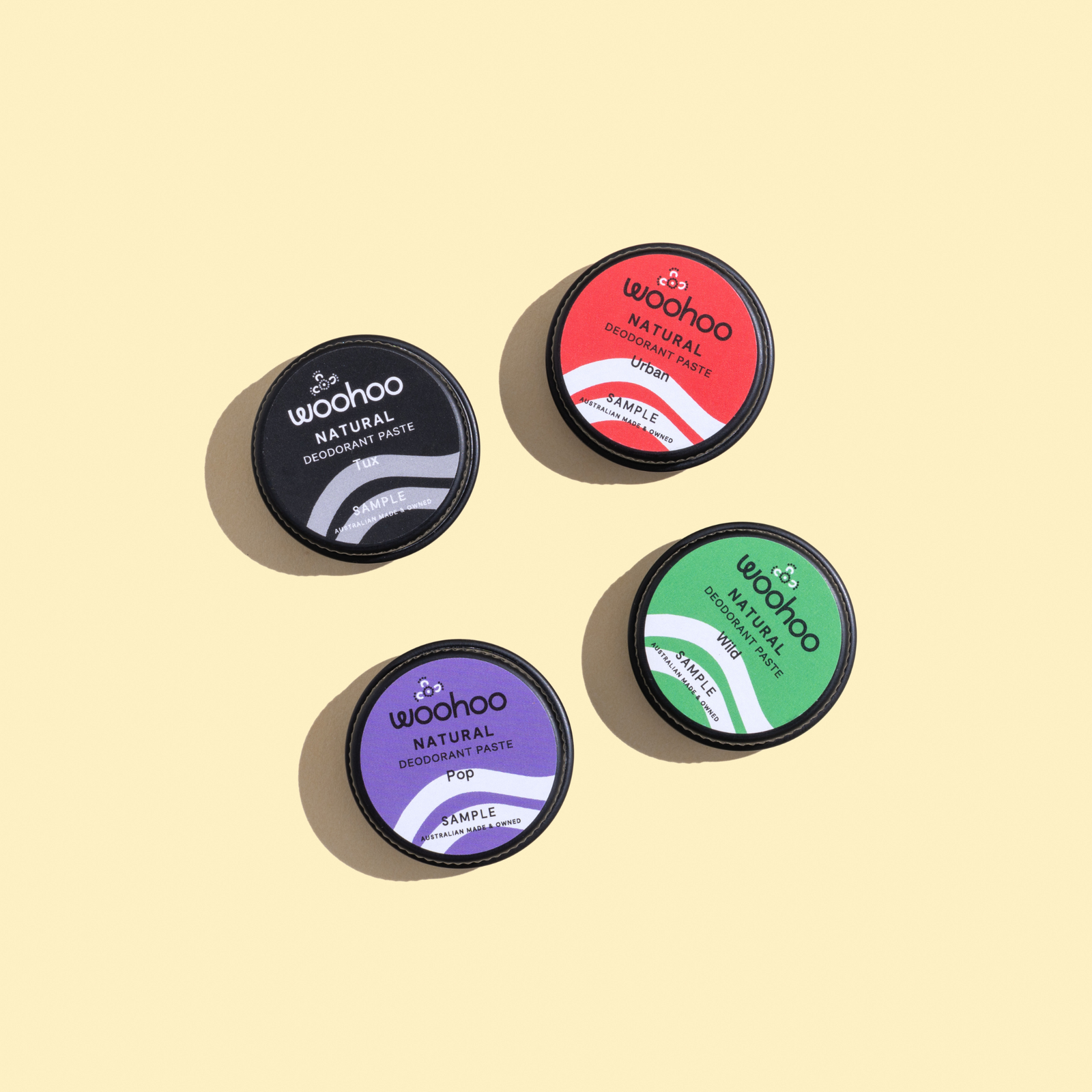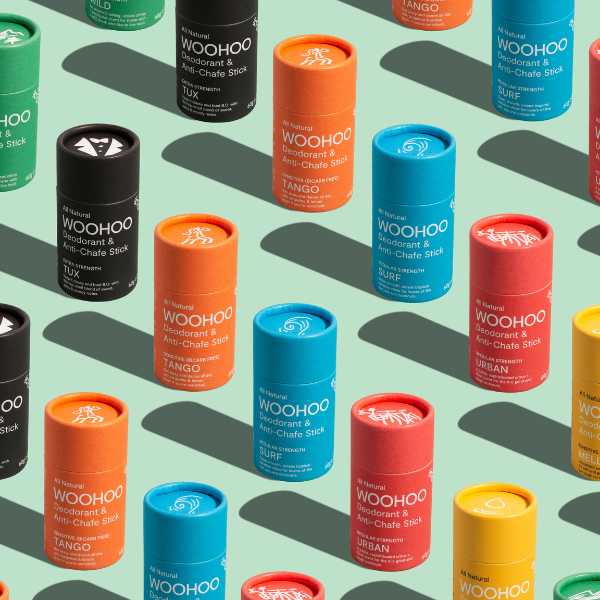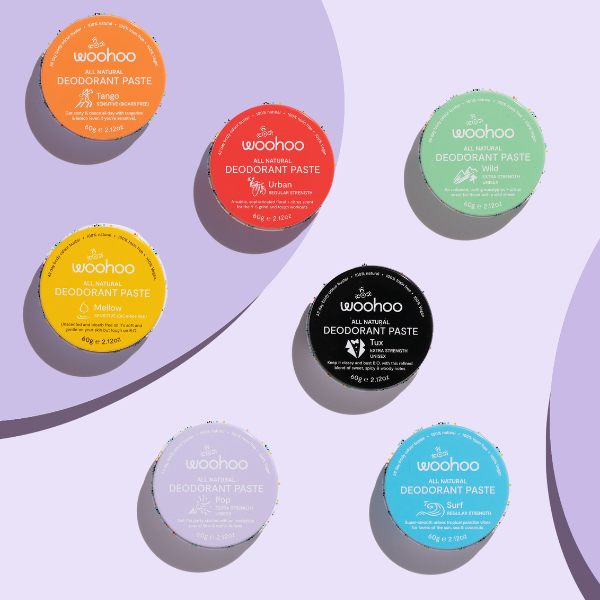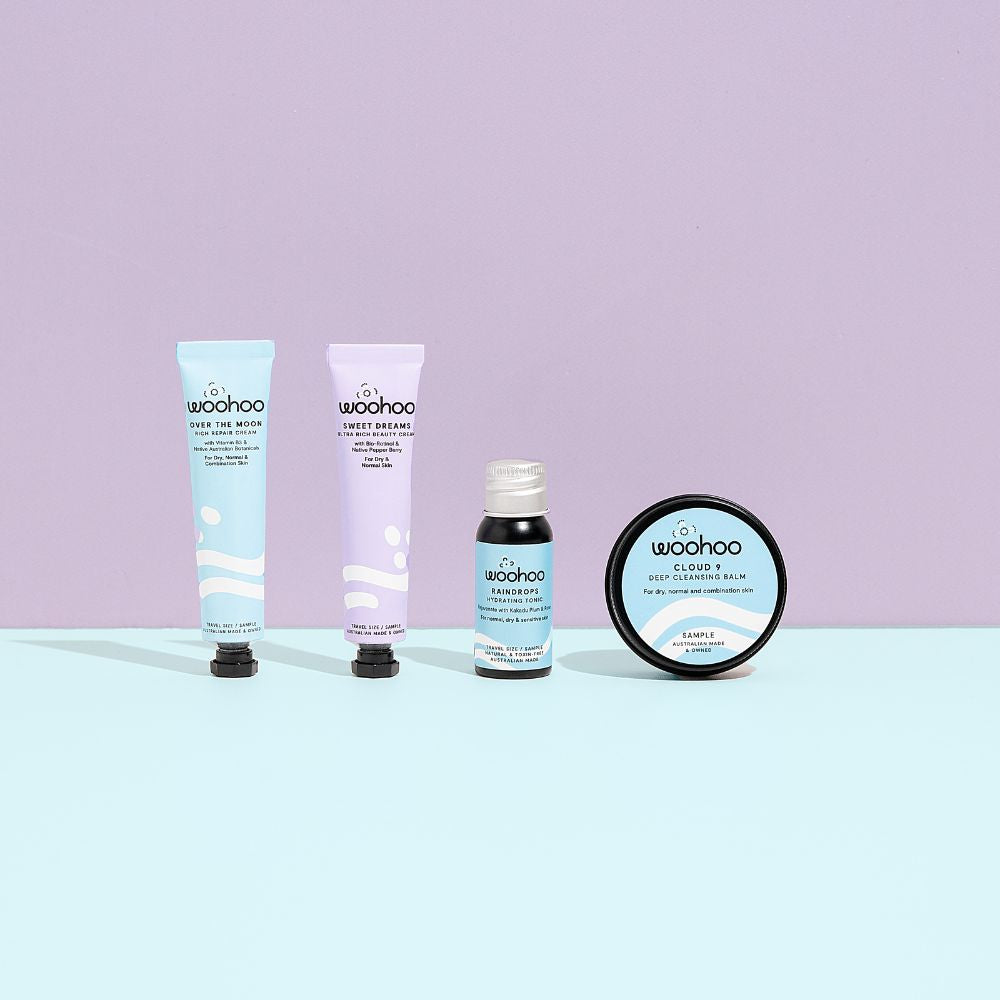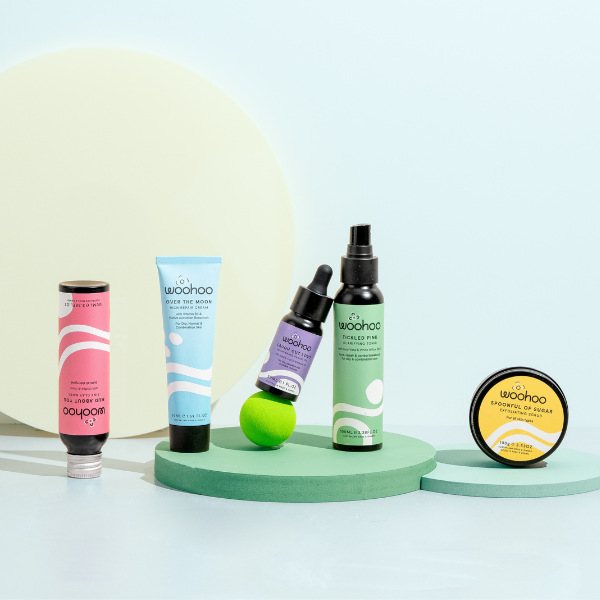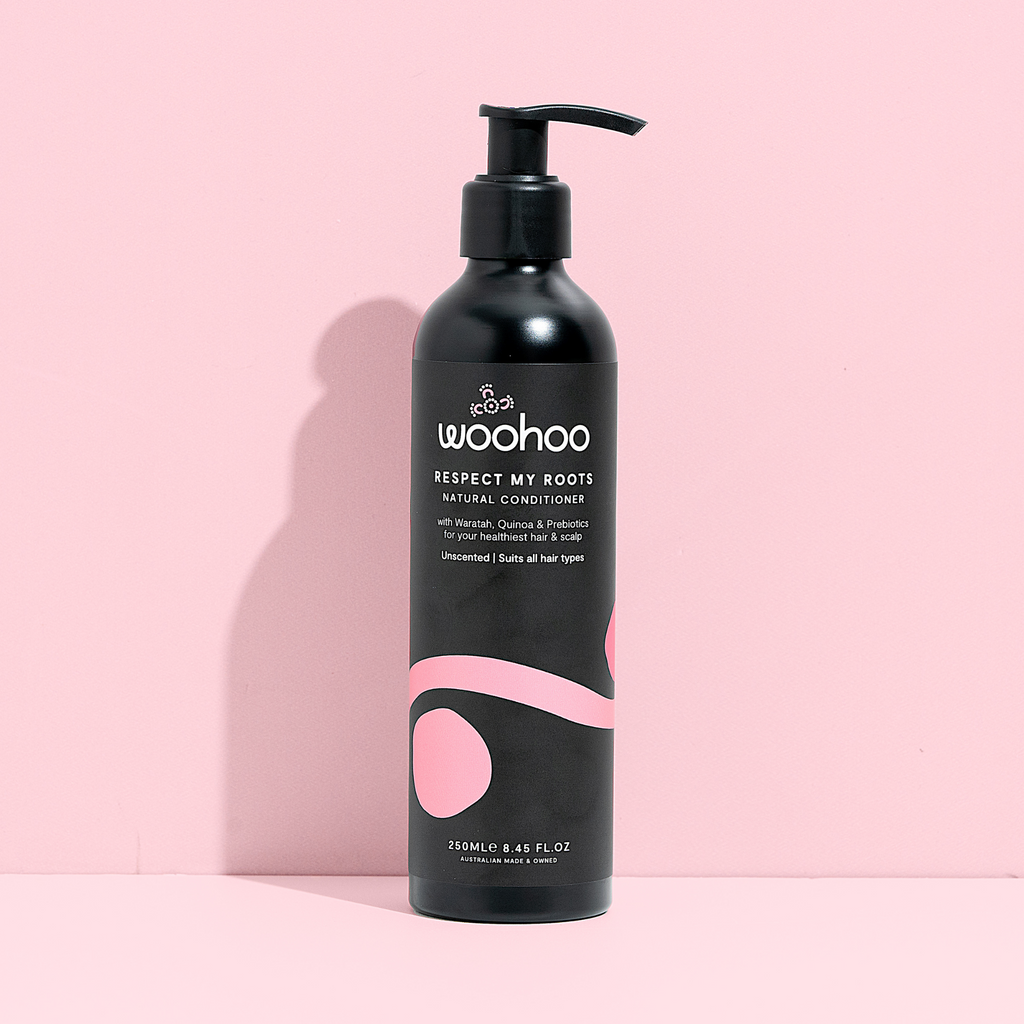
Frizzy hair can be a pesky problem that takes on a mind of its own. Think fuzzy strands that run amuck, particularly during humid weather.
But hey, don’t fret. Spectacularly smooth locks don’t have to be a pipe dream.
With a little TLC, you can kick frizzy hair to the curb. Where. It. Belongs.
Let’s take a look at the common frizz culprits and how you can tame your mane.
First, a little hair science 101
Your hair is made up of three main layers: the medulla on the inside, the cortex in the middle and the cuticle on the outside.
Think of it like a fancy house: the outside (the part that everyone sees) is called the cuticle, and it's made up of five to ten layers of protein-rich shingles. These shingles have a very important job to protect the middle section, called the cortex, which holds the long, strong proteins that keep your hair from snapping like a twig.
Now, at the centre of some hairs, there's a little empty zone called the medulla. Not everyone has it, but if you do, it makes your hair stiffer and more stubborn than your Aunt Gertrude.
And speaking of stubbornness, let's talk about the importance of keeping that cuticle smooth.
When the layers of protein lie flat and Smooth, your hair looks like a million bucks. But everyday factors like brushing, washing, weather conditions and hair porosity can make the cuticle lift up and break off, leaving you with frizzy, rough hair that's more prone to tangling and split ends.
Hair porosity? Huh?
Hair porosity is just a fancy way of saying how well your hair can absorb and hold onto moisture. It’s a little bit like a tea towel (except that we actually want our tea towels to dry our dishes). Some are super thirsty and soak up water like there's no tomorrow, while others are a little pickier about what they let in.
Hair porosity can range from low to high, depending on the state of the cuticles.
Low porosity hair has tightly closed cuticles that resist moisture absorption. This is usually characterised by hair that takes a long time to dry, can be resistant to colouring and other chemical processes and is prone to product build-up.
While high porosity hair has cuticles that are open, allowing for easy moisture absorption but also easy moisture loss. These open cuticles are more likely to attract and absorb moisture from the air, which can cause the hair shaft to swell and become frizzy.
Now, the level of porosity in your hair is mostly determined by your genetics. So, if you've got naturally thirsty locks, you can thank your DNA for that. But external factors can also mess with your porosity levels.
Heat styling, chemical processing, and even the environment can all impact how easily moisture can penetrate your hair.
The weather also has a part to play in turning your mop fuzzy and fluffy (no matter what hair type you have…. ah that rainy day fuzz….!).
When the air is humid, it means there's a lot of moisture in the atmosphere, and water is great at bonding with other molecules, like the proteins that make up your hair. This causes the hair cuticle (the outer layer of our hair) to swell up, which can make it more prone to flyaways and frizz.
So, the next time you're having a bad hair day, you can blame it on the weather gods - and science!
On that note, let’s look at how to fight frizzy hair (for good!)
The problem: Heat styling and chemical treatments
If you style your hair a lot with high heat (think flat irons and blow-drying), this can sap the natural moisture from the hair, leaving it parched and fuzzy. Dying, bleaching and other chemical treatments also damage the cuticle, causing brittleness and breakage, a recipe for frizz.
The solution:One of the easiest ways to cut down on frizz is to hold off on heat styling. We know; that’s way easier said than done. So, if you have curly hair, and can’t hang up your hairdryer, use a diffuser.
Another alternative is to swap to an ionic hairdryer. This type of dryer produces negatively charged ions to separate the positively charged water molecules and stop the cuticles from opening. An ionic dryer can also cut your drying time, which might help to reduce heat damage.
To address frizz-causing flat irons and curling wands, make sure you use these tools on low heat and integrate heat-protecting products in your routine wherever you can.
You might also want to take a break from bleaching, dyeing, and over-processing the hair. If your hair’s looking a little fried, lay off on the colour sessions for a while and try deep conditioning products, instead.
Our ‘Respect Your Roots’ Natural Conditioner contains Jojoba Esters amongst other powerful plant-powered ingredients which condition your hair beautifully, protects it from heat, reduces breakage, repairs damage and controls frizz. Touche!
The problem: Harsh hair products (looking at you, sulfates!)
While all shampooing disrupts your hair cuticles, some shampoos and conditioners can be quite severe on hair. Those containing sulphates are known to damage and dry tresses and mess with cuticles, which can leave your hair frizzy. This is because sulphates are uber-keen cleansers that strip your hair of its natural oils. Yes, some natural oil is good, as it coats the hair and reduces the amount of water your locks absorb. The natural oils in your hair also snuggle up between the cuticles, providing a helpful protective layer.
The solution: Keep your hair hydrated and healthy with a sulfate-free shampoo that washes just the right amount, without stripping your hair of its natural oils.
Our silicone-and-sulphate-free ‘Respect Your Roots’ Natural Shampoo is brimming with hair-healthy ingredients that keep frizz at bay by supporting the health of your scalp and smoothing your strands.
The problem: Over-zealous hair care
We’ll forgive you for getting a little excited when it comes to your hair. Just don’t go overboard!
Too much fussing with your hair can lead to frizz. How, exactly? Well, things like over-shampooing, too much brushing and super tight styling can damage the hair. Even touching the hair too much can cause dehydration and too much friction. All of which can turn sleek tresses into a mad frizzy mop.
The solution: If you religiously shampoo your hair daily, swap to several times a week. Likewise, if you love brushing your hair, try using your fingers or a wide-toothed comb instead. The finger-combing technique works a treat for wayward curls!
The best time to brush your hair is when it’s dry or almost completely dry because wet hair is more susceptible to breakages and wet brushing = frizz!
If you’re detangling, don’t brush tangled hair from top to bottom. Try instead detangling from the bottom and working your way up. It’s amazing what a difference it makes.
You might also consider ditching your regular towel and treating yourself (and your hair) to a micro-fibre towel. Towel-drying your hair can be quite vigorous on the hair strands, creating friction and roughing up the cuticle. Big no-no!
Similarly, cotton pillowcases can cause friction between your hair and the pillow, which can lead to frizz. Switching to a silk (you can even get vegan silk these days!) or satin pillowcase can help to minimise friction and keep your hair looking smoooooth. Your skin will thank you for that too😉
The problem: Naturally dry hair (darn those genetics)
Some people simply have dry hair. This is particularly so for those of us with curly or wavy hair. Dry hair tries its darndest to absorb moisture. If the cuticles are damaged (as a result of dryness and high porosity), the moisture gets inside the hair and plumps it up causing a frizzy nest! This is precisely why high humid environments cause such a headache for our curly-haired friends.
The solution: For those that are prone to dry hair, it's important to use products that help seal the cuticles and retain moisture in the strands. Also, make sure you get regular trims to stop split ends.
While it’s a good idea to wash hair less, try replacing one of the washes with a nourishing (silicone free!) hair mask instead. Hair masks are an amazing way to deeply condition the hair, helping to add and maintain moisture. Who knows, there just may be one in the works at Woohoo HQ🤫
So, there you have it, a few tips to help you combat the frizz and achieve smooth, sleek locks. No vat of hair gel or gallon of oil required.
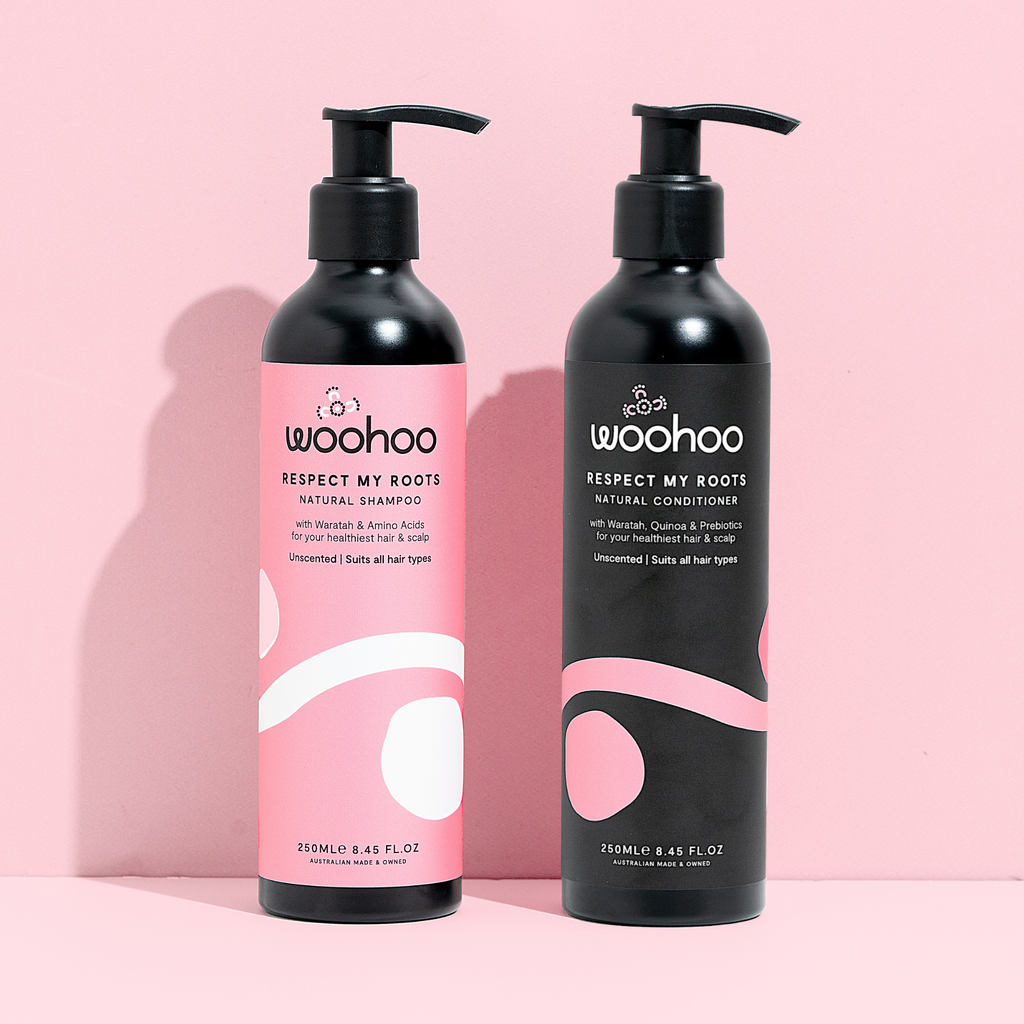
'Respect My Roots' Natural Shampoo and Conditioner Bundle

